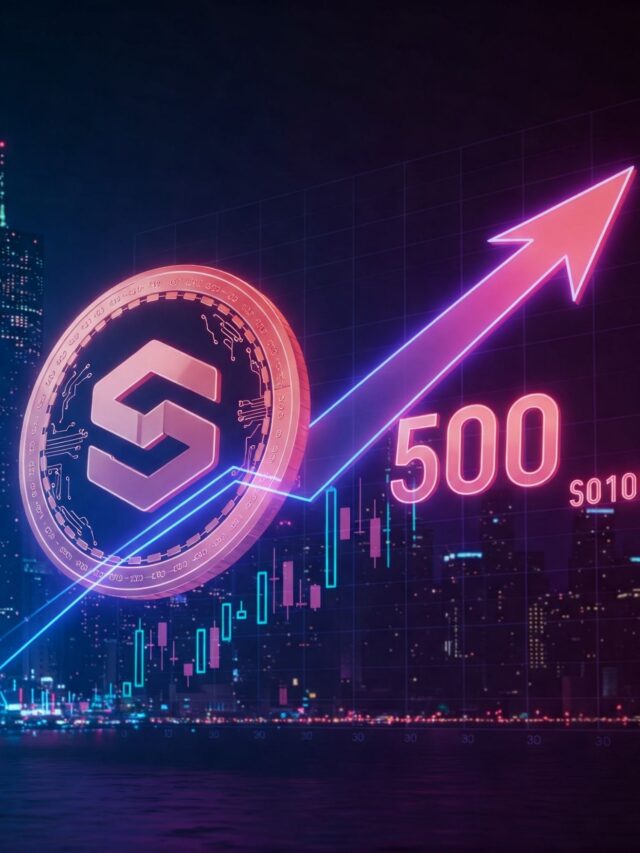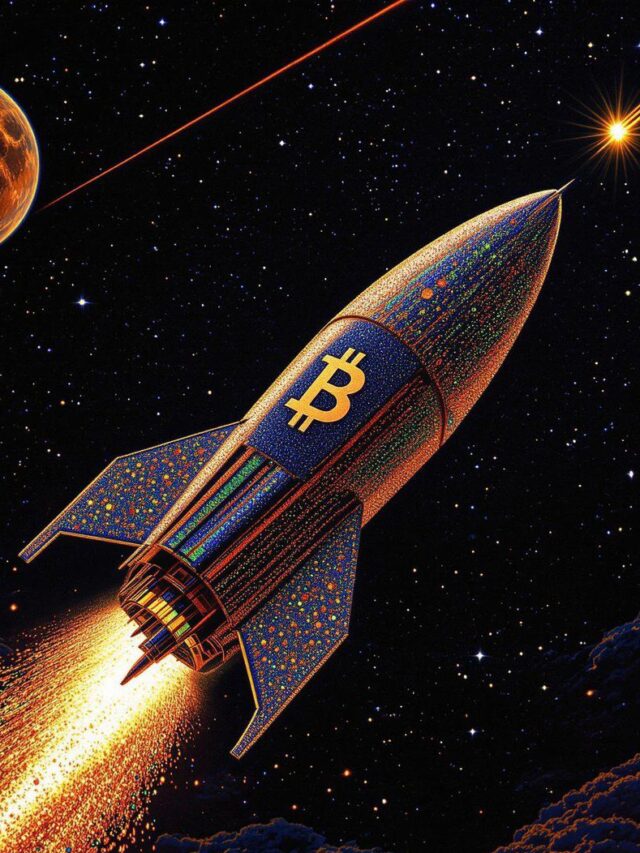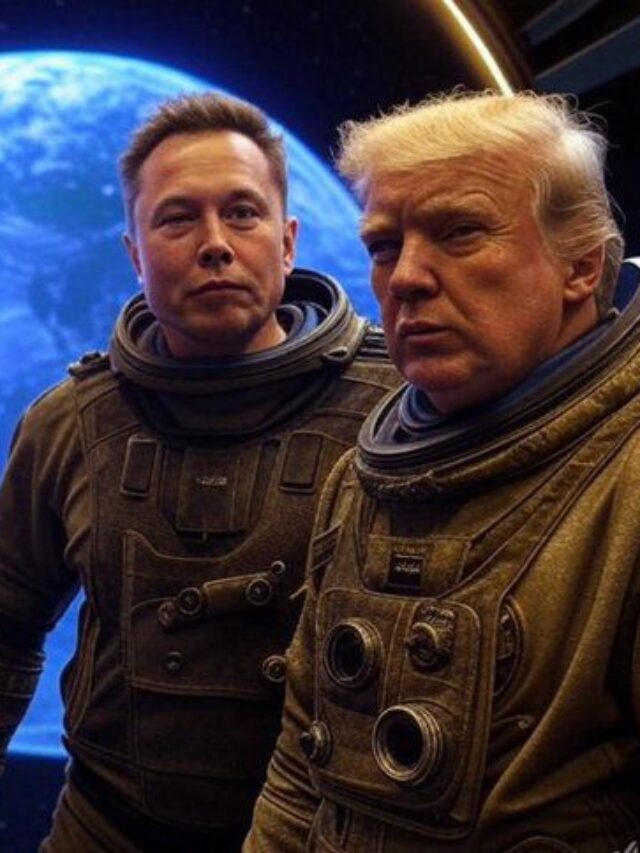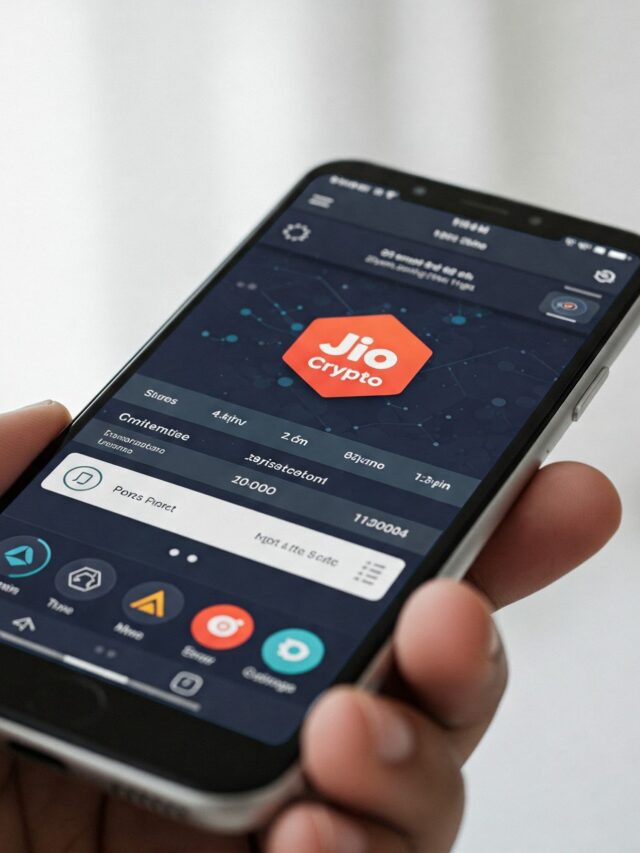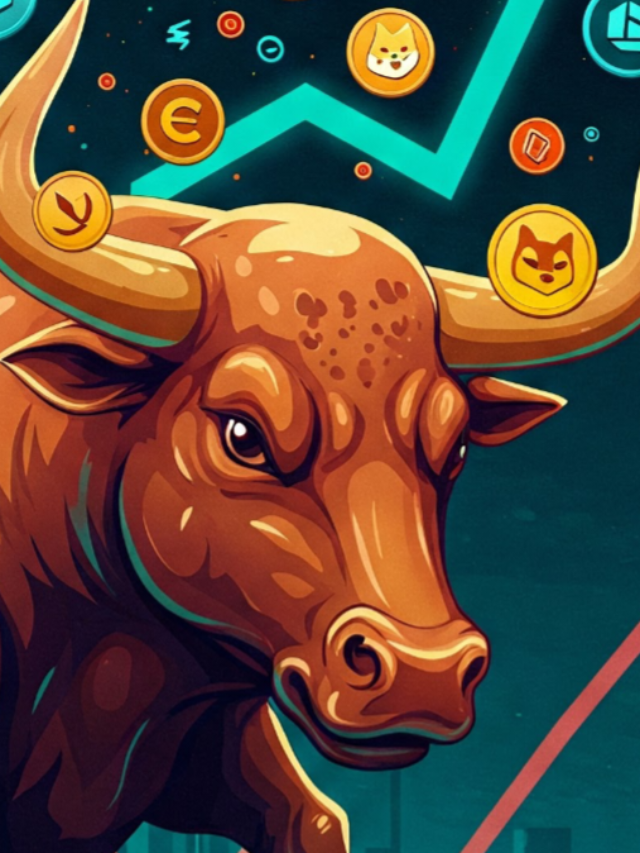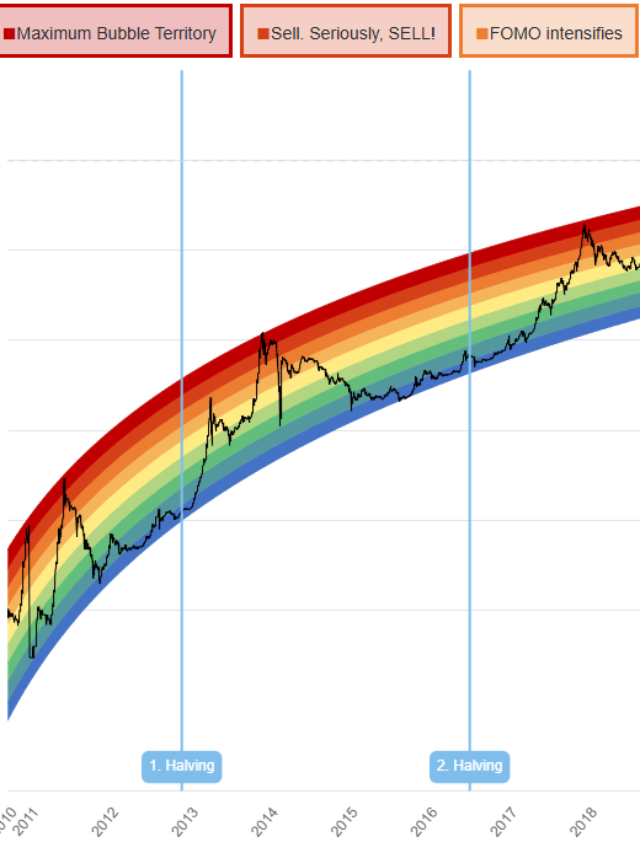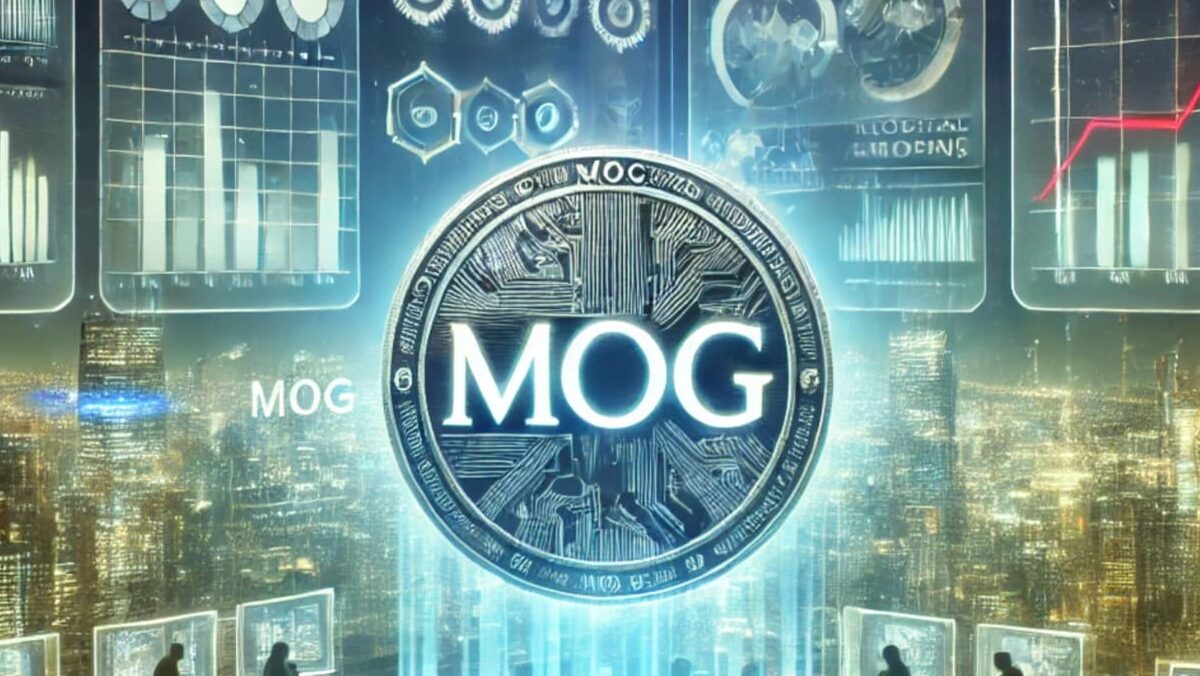MOG Coin represents an emergent digital asset within the blockchain ecosystem, gaining substantial traction due to its multifaceted utility, technological innovations, and market potential. As blockchain adoption accelerates across diverse sectors—including decentralized finance (DeFi), digital payments, and asset tokenization—MOG Coin has positioned itself as a highly adaptable and efficient cryptocurrency. Its ecosystem is structured to facilitate a broad range of financial activities, offering investors, developers, and users a versatile and secure digital asset.
Why is it Gaining Attention?
MOG Coin has garnered considerable attention due to its technological enhancements, including low-latency transaction processing, robust security architecture, and seamless integration with decentralized applications (DApps) and NFT marketplaces. As institutional and retail investors seek assets with both speculative and intrinsic utility, MOG Coin’s integration with DeFi protocols and smart contracts has augmented its perceived value. Moreover, its active developer community, growing adoption, and strategic partnerships further underscore its potential for long-term viability.
What is MOG Coin?
Definition and Purpose
MOG Coin is a decentralized cryptocurrency designed to optimize digital transactions by offering a scalable, secure, and cost-effective medium of exchange. Its architecture supports direct peer-to-peer interactions, mitigating reliance on traditional financial intermediaries and enhancing transactional transparency. The asset is engineered for diverse applications, including payments, staking, smart contract execution, and integration within DeFi ecosystems.
Blockchain and Technology Behind MOG Coin
MOG Coin’s blockchain infrastructure is predicated upon advanced cryptographic protocols that enhance security, efficiency, and decentralization. Depending on its consensus mechanism—whether Proof-of-Work (PoW) or Proof-of-Stake (PoS)—it ensures transparent and verifiable transactions while optimizing energy consumption and network scalability. Smart contract functionality enables developers to construct decentralized applications on the MOG Coin network, extending its use beyond simple monetary transactions to complex programmable financial interactions.
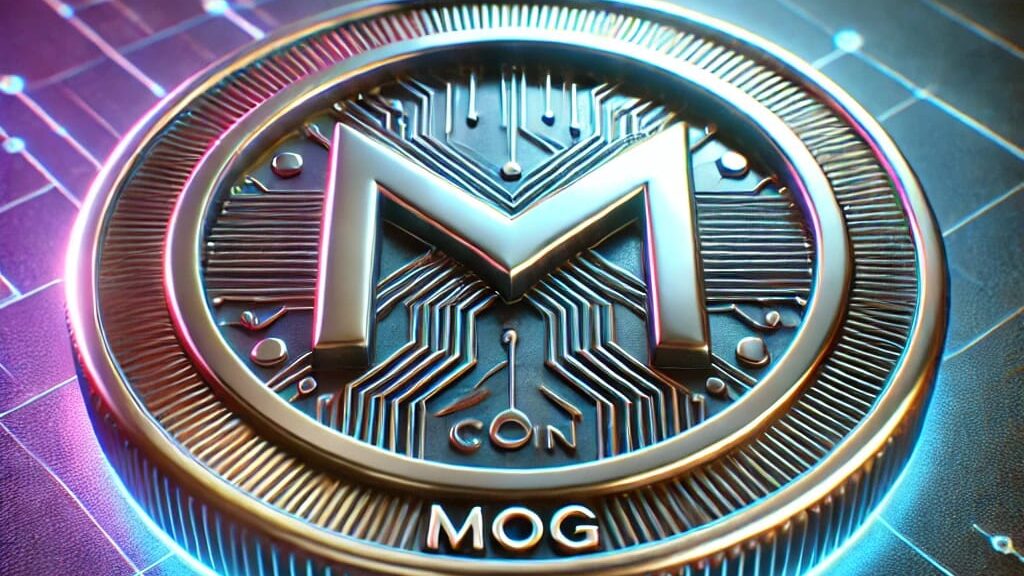
History and Background
Who Created MOG Coin?
MOG Coin was conceptualized by a consortium of blockchain experts, cryptographic researchers, and financial technologists committed to enhancing digital asset usability. The project’s foundational principles emphasize decentralization, user autonomy, and financial inclusivity, aligning with the broader vision of permissionless finance.
Timeline of Major Developments
- Genesis and Initial Deployment – The introduction of MOG Coin established the fundamental network infrastructure, including its consensus model and primary use cases.
- Exchange Listings and Market Expansion – MOG Coin gained accessibility through prominent cryptocurrency exchanges, enabling broader adoption.
- Integration with DeFi and NFT Marketplaces – As the ecosystem expanded, MOG Coin found utility in liquidity pools, lending protocols, and tokenized asset markets.
- Future Upgrades and Enhancements – Planned network optimizations aim to improve transaction throughput, reduce costs, and increase interoperability with other blockchain networks.
How Does MOG Coin Work?
Consensus Mechanism
MOG Coin’s operational integrity is maintained through its consensus mechanism, which could be PoS, PoW, or a hybridized model. PoS mechanisms incentivize network participants to stake their holdings, thereby securing the blockchain and validating transactions. PoW systems, in contrast, rely on computational effort to validate blocks. Each approach offers distinct trade-offs concerning security, decentralization, and energy efficiency.
Tokenomics and Supply Details
MOG Coin employs a deflationary or controlled-supply economic model, ensuring scarcity and potential appreciation in value over time. Its distribution strategy encompasses allocations for network maintenance, liquidity provisioning, ecosystem incentives, and governance participation.
Utility and Use Cases
MOG Coin’s versatility extends across multiple financial applications:
- Seamless peer-to-peer transactions with reduced fees and faster settlement times.
- Staking mechanisms that reward users for securing the network.
- Integration with DeFi platforms, allowing for lending, borrowing, and yield farming.
- Utilization in digital asset markets, including NFTs and tokenized commodities.
Key Features of MOG Coin
Security and Decentralization
MOG Coin employs cutting-edge cryptographic methodologies to fortify network security while ensuring decentralized governance. The elimination of centralized intermediaries enhances user autonomy and data integrity.
Speed and Scalability
The network architecture of MOG Coin is designed to accommodate high-throughput transactions, minimizing congestion and optimizing cost efficiency. By leveraging advanced consensus optimizations, it ensures rapid transaction finality without compromising decentralization.
Unique Selling Points
- Privacy-preserving transaction mechanisms.
- Lower transaction costs compared to traditional financial systems.
- A robust and engaged community facilitating ongoing development.
- Smart contract capabilities that enhance interoperability across blockchain platforms.
MOG Coin vs. Other Cryptocurrencies
Comparison with Bitcoin, Ethereum, and Similar Altcoins
Unlike Bitcoin, which primarily serves as a store of value, MOG Coin offers expanded functionalities optimized for transactional efficiency and decentralized applications. Compared to Ethereum, which prioritizes smart contract execution, MOG Coin seeks to balance scalability and cost-effectiveness, positioning itself as a viable alternative for both payments and programmable financial interactions.
Pros and Cons of MOG Coin
Pros:
- Enhanced network efficiency with minimal transaction costs.
- Secure, decentralized ecosystem resistant to censorship.
- Expanding adoption within the DeFi and NFT landscapes.
Cons:
- Market volatility inherent to emerging digital assets.
- Regulatory uncertainty affecting long-term adoption.
- Competition from more established blockchain networks.
How to Buy and Store MOG Coin
Available Exchanges
MOG Coin is accessible via multiple cryptocurrency exchanges, facilitating both fiat and crypto-to-crypto transactions. Certain platforms may offer staking and yield-generation functionalities.
Wallet Options
Users can select from various storage solutions, including:
- Hot Wallets: Web-based and mobile wallets for convenient access.
- Cold Wallets: Hardware and offline storage solutions for enhanced security.
Use Cases and Real-World Applications
Payments and Transactions
MOG Coin functions as a frictionless medium for digital payments, streamlining cross-border transactions and reducing intermediary costs.
Staking and Rewards
The PoS model enables users to earn passive rewards while simultaneously contributing to network security and governance.
Role in DeFi, NFTs, and Web3
MOG Coin integrates seamlessly with DeFi platforms, NFT marketplaces, and emerging Web3 infrastructures, facilitating tokenized asset interactions and decentralized governance models.
Dogecoin momentum: How a meme coin is reshaping the crypto market
Future of MOG Coin
Roadmap and Upcoming Developments
Anticipated upgrades include enhanced scalability protocols, cross-chain interoperability solutions, and deeper integration within emerging blockchain applications.
Market Trends and Expert Opinions
Analysts project that as blockchain adoption proliferates, MOG Coin’s unique value propositions could drive increased adoption, positioning it as a competitive player within the cryptocurrency sector.
Risks and Challenges
Market Volatility
Like all cryptocurrencies, MOG Coin is susceptible to market fluctuations driven by macroeconomic conditions, investor sentiment, and technological advancements.
Regulatory Concerns
Evolving regulatory frameworks may impact MOG Coin’s market positioning, necessitating continuous compliance assessments.
Security Risks
While blockchain technology enhances security, users must implement best practices to mitigate risks such as phishing attacks and fraudulent schemes.
Conclusion
Summary of Key Points
MOG Coin presents a compelling case as an efficient, secure, and scalable digital asset within the blockchain ecosystem. Its diverse use cases and technological advancements position it as a high-potential investment.
Should You Invest in MOG Coin?
Investment in MOG Coin should be predicated on comprehensive market research and risk assessment. As with any digital asset, due diligence is crucial to navigating its potential risks and rewards.
